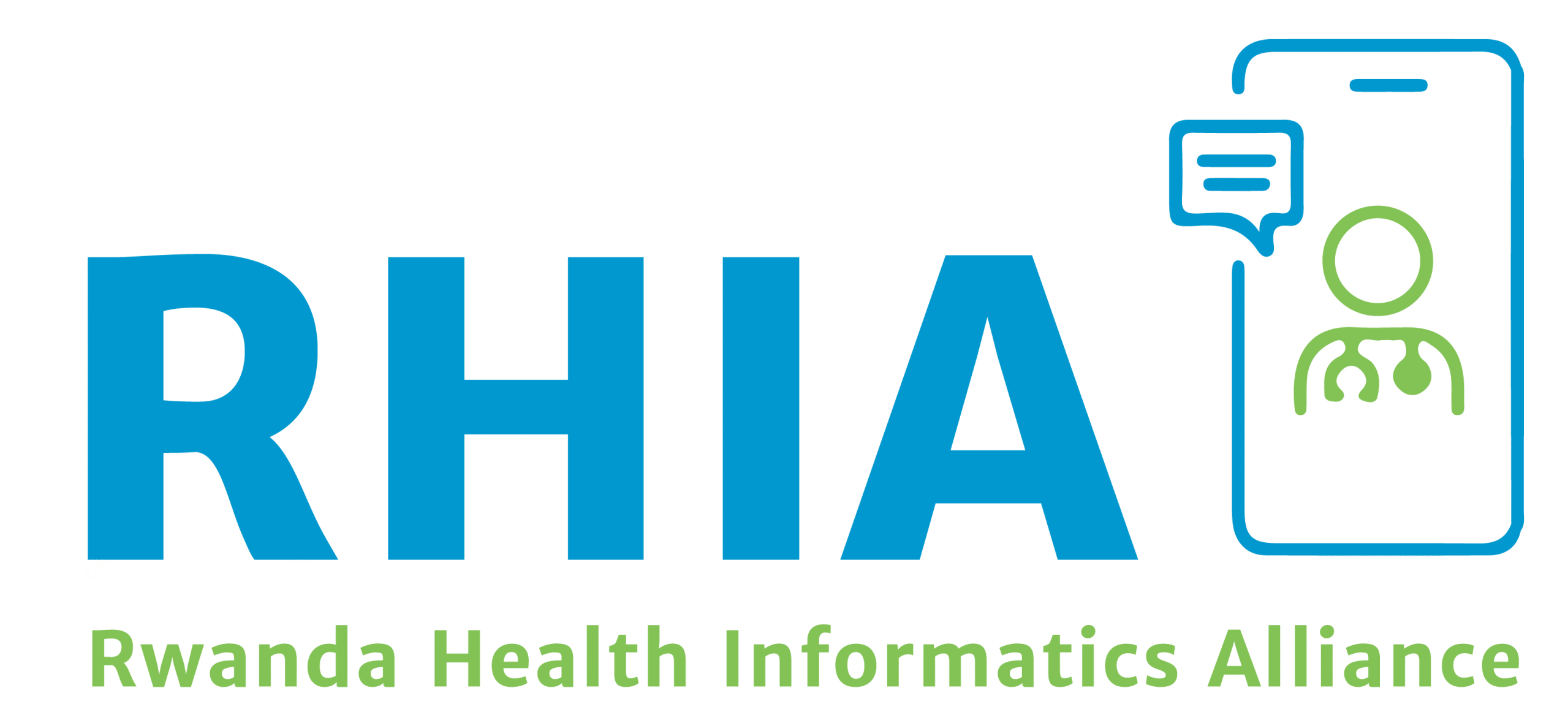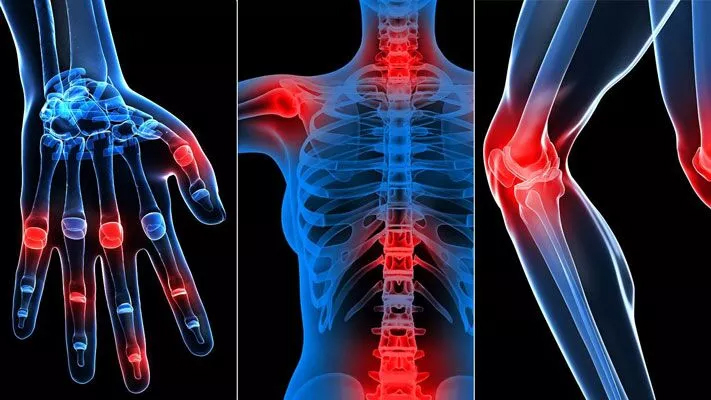Rheumatic Diseases: Disorders of Joint and Connective Tissue
Introduction
Rheumatic diseases encompasses disorders of the joints (including spinal conditions), systemic diseases manifesting joint symptoms, autoimmune conditions (where the body\’s immune system attacks itself), and rare illnesses, akin to a medical detective like Dr. House. Despite a lack of data, evidence suggests a substantial demand, reflected in prolonged wait times in Rwandan hospitals. Common misconceptions label rheumatology as an elderly-focused specialty, hindering understanding and causing familial disputes. Musculoskeletal discomfort, often labeled as \”Rubagimbande,\” warrants early assessment by a rheumatologist to prevent irreversible complications. This article aims to shed light on rheumatic diseases, addressing common misconceptions, the current situation in Rwanda, and the need for heightened awareness.
What are the common misunderstandings associated with rheumatic diseases?
Many mistakenly associate Rheumatic diseases with disorders affecting the elderly. This misperception, compounded by terms like \”AMAROZI\” and \”Rubagimbande,\” can lead to familial disputes. Raising public awareness is crucial to dispel these myths and ensure accurate understanding, fostering a supportive environment for those affected.
Why is early detection of rheumatic diseases crucial?
Rheumatic diseases can impact any part of the body, making early detection crucial. Timely intervention can prevent irreversible complications. This emphasizes the need for accessible rheumatology services and the importance of seeking professional help for any musculoskeletal discomfort.
Causes and Risk Factors of Rheumatic diseases
Multifaceted causes, including genetic, environmental, and lifestyle factors, contribute to Rheumatic diseases. Understanding these factors is vital for effective prevention and management.
Prevention of Rheumatic diseases
Engaging in regular physical exercise such as swimming and basketball, maintaining a balanced diet (focusing on fruits and vegetables), avoiding smoking are crucial lifestyle measures. Patient education and emotional support play pivotal roles in holistic care.
Diagnosis and Treatment
Diagnosis of Rheumatic diseases involves clinical evaluation, imaging, and laboratory tests. Treatment options, ranging from medications to surgery, address symptoms like pain and stiffness. The recent breakthrough garnering attention is Platelet-Rich Plasma, injectable into various joints, particularly for degenerative conditions, with ongoing research for broader applications.
Needed and Ongoing Interventions
Rheumatic diseases’ awareness campaigns is needed for the general population and healthcare professionals. Training physicians, collecting, and analyzing data are essential steps in creating informed guidelines and policies. Currently, rheumatology diagnostics and treatments are expensive due to their rarity and limited demand. To address this issue, the King faisal hospital Rwanda in collaboration with Pfizer, Rwanda health informatics association (RHIA) and a renowned Rheumatology Consultant Dr. MURAYIRE Janvier are training more physicians to reduce the demand. For example, the sole practicing rheumatologist currently sees 14 patients daily, but with an additional 11 physicians, we could reach 154 weekly consultations, surpassing the current capacity of 70 per week and consequently increasing the number of tests and medications provided.
Conclusion:
Rheumatic diseases affect millions globally, and Rwanda is no exception. Addressing misconceptions, improving early detection, and promoting comprehensive care are vital. Ongoing research and advancements in medical science offer hope for better outcomes. By fostering awareness, investing in training, and collecting data, we can make significant strides in managing and preventing rheumatic conditions, ultimately improving the quality of life for those affected.
References
https://www.who.int/news-room/fact-sheets/detail/rheumatoid-arthritis
https://www.cdc.gov/arthritis/communications/features/rheumatic-diseases-and-pain.html

